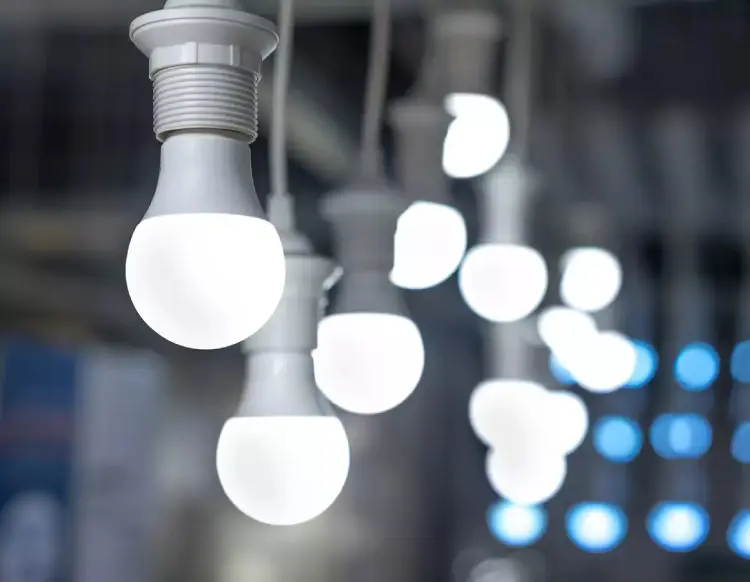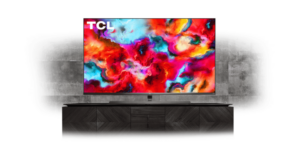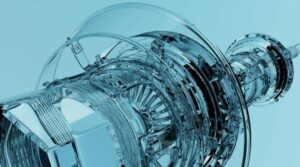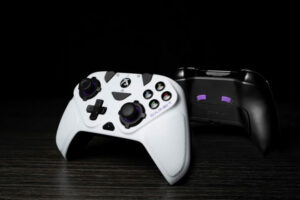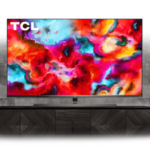Technology changes day by day. You can see new innovations each new day you open your newspaper. Also, there is a rapidly growing popularity in automation devices in everyday life. The way of life has become more efficient and in this venture, LED Light bulbs and lighting have become extremely popular. When compared with older lighting technologies such as Incandescent, Halogen and CFL bulbs, you will find that LED is by far the most energy-saving and smart solution. So now we see below that the LED light bulb guide.
LED Light Bulbs Guide
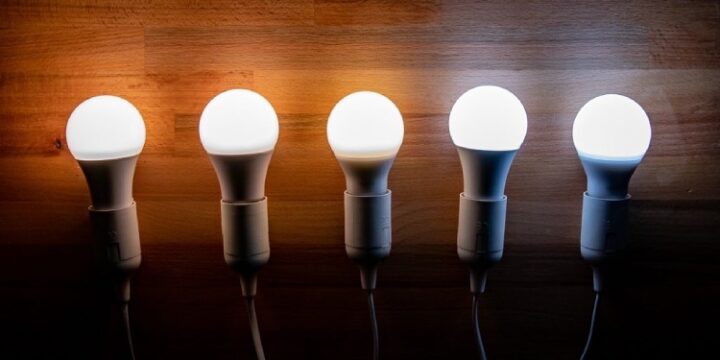
An LED lamp or LED light bulb is an electric light for use in light fixtures that produces light using one or more light-emitting diodes. A significant feature of LEDs is that the light is directional, as opposed to incandescent bulbs, which spread the light more spherically.
This is an advantage with recessed lighting or under-cabinet lighting, but it is a disadvantage for table lamps. New LED bulb designs address this directional limitation by using diffuser lenses and reflectors to disperse the light more like an incandescent bulb.
Are LEDs safe?

Yes. Unlike CFLs (Compact Fluorescent Lamps), LEDs do not contain mercury. They also give off comparatively little heat, making them safer to handle after prolonged use. The absence of glass enclosures and fragile parts also reduces the likelihood of breakage, so you won’t have to worry about broken glass.
How much power do LEDs use?

LED Bulbs use up to 90% less energy than an incandescent or halogen bulb of equivalent brightness. LEDs are far more efficient at converting electricity, measured in watts, into the light, measured in lumens. As such, a typical 4 watt LED bulb can easily achieve a light output comparable to a 50-watt halogen, sometimes higher due to its high lumen to watt ratio.
How LED Bulb Differ?
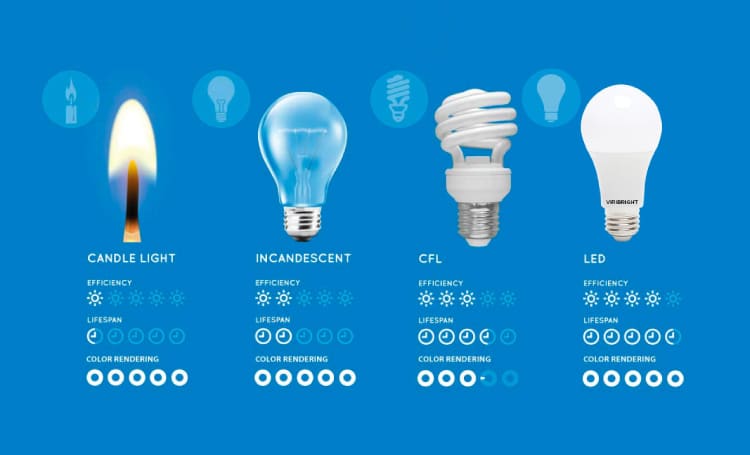
LED lighting is very different from other lighting sources such as incandescent bulbs and CFLs. Key differences include the following:
- Light Source: LEDs are the size of a fleck of pepper, and a mix of red, green, and blue LEDs is typically used to make white light.
- Direction: LEDs emit light in a specific direction, reducing the need for reflectors and diffusers that can trap light. This feature makes LEDs more efficient for many uses such as recessed downlights and task lighting. With other types of lighting,
- Heat: LEDs emit very little heat. In comparison, incandescent bulbs release 90% of their energy as heat and CFLs release about 80% of their energy as heat.
Why is LED Bulb eco-friendly?
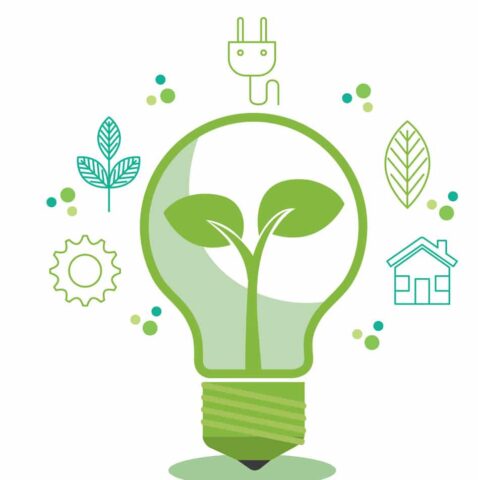
Using LED lights cuts carbon emissions. Replace your old incandescent or CFL bulbs with LED, you are essentially reducing harmful CO2 levels being released into the air. This is because LED lights use less energy, the energy that power plants produce by burning fossil fuels and oil. The less energy that these power plants need to make through the burning of fuel, the fewer carbon emissions are released into the environment.
LED lights don’t waste energy. Incandescent bulbs consume high amounts of energy but only give minimal light luminance. Where is the excess energy going? Excess energy is converted to heat and released also into the environment, excess energy means wasted energy. LED lights do not contain harmful metals.
Lead and mercury are classified as the most toxic heavy metals in the world. And halogen, incandescent, and CFLs contain these heavy metals.Discarding these bulbs elsewhere or even in landfills can cause the lead and mercury content to spill and be mixed into your source of water or as a vapour in the air you breathe. On the other hand, LEDs don’t contain any of these harmful metals.
What to see before Buying LED Bulb?-The Guide
We listed some points below.
Lumen (Lighting Intensity)
The lumen is the SI derived unit of luminous flux, a measure of the total quantity of visible light emitted by a source per unit of time.
Watt (Power Consumption)
before buying a led bulb you should check its watts that it is 40 watts, 60 watts or 100 watts etc. And you should like the size that you need.
Correlated Colour Temperature (Light colour)
higher Kelvin temperatures (3600–5500 K) are what we consider cool and lower colour temperatures (2700–3000 K) are considered warm.
Cool light is preferred for visual tasks because it produces higher contrast than warm light. Warm light is preferred for living spaces because it is more complementary to skin tones and clothing.
A colour temperature of 2700–3600 K is generally recommended for most indoor general and task lighting applications. Colour Temperature is not an indicator of lamp heat.
Color Rendering Index (CRI)
High-CRI LED lighting is a light-emitting diode (LED) lighting source that offers a high colour rendering index (CRI). CRI is a quantitative measure of a light’s ability to reproduce the colours of objects faithfully in comparison with an ideal or natural light source.
Efficiency (Lumen / Watt)
A light bulb is a measure of how much light energy comes out of the bulb compared to the amount of electricity (electrical energy) that was put in. A 100% efficient light bulb would convert all the electricity to light and not produce any heat at all. Ask visitors to rank the bulbs from most efficient to least efficient. Explain that an LED is 90% efficient, a compact fluorescent bulb is 85% efficient, and an incandescent bulb is only 10% efficient.
Instant Light
In the led light bulb you will see that and as soon as you switch on it, it will tun on with its full brightness. And you have to keep in mind that whatever LED bulb you are taking is instant light provide or not.
Longer life
You can choose an LED light bulb that has an average lifespan more than other led bulb
Dimming capacity
While most LED bulbs are now dimmable, not all of them are and not all of them dim in the same manner Since LEDs consume such a low wattage, many types of dimmers do not function with LED in the same way that they do with high wattage load incandescents.
- A smaller amount of dimming range (Typically 70-90% range vs. 100% with incandescent)
- LED Bulbs may not shut off at lowest dim setting: this is caused by the dimmer thinking the bulb is completely off due to the low amount of wattage an LED consumes.
- On dimming systems based on X10 or Power Line Carrier (PLC) control technology, LEDs may flicker when modules are communicating due to the small fluctuations in power on the line.
Benefits of LED bulb.
1. Lower energy use.
LED lights to use CFL or incandescent bulbs. Therefore they can reduce the amount of electricity needed to light a room.
2. Improved Safety with LEDs
Yes. Unlike CFLs (Compact Fluorescent Lamps), LEDs do not contain mercury.
3. Longer life span.
Many LEDs have a rated life of up to 50,000 hours. This is approximately 50 times longer than a typical incandescent, 20-25 times longer than a typical halogen, and 8-10 times longer than a typical CFL. Used 12 hours a day, a 50,000 bulb will last more than 11 years. Used 8 hours a day, it will last 17 years!
4. LEDs Design Flexibility.
LED Bulbs design is very flexible over than CFL Bulb or fluorescent lamp.
5. Lower impact on environment.
They can have a lower impact on the environment, compared to compact fluorescent bulbs, because they don’t contain mercury.
6. No size issue
Smart bulbs come in all different sizes, light temperatures, and brightness. If you need bigger bulbs for one room but smaller for another, you have options.
7. Reliability
LEDs are a very durable and reliable form of lighting – they can operate safely in colder temperatures, and can withstand more impact and vibration than other light bulbs because they have no filaments or other fragile parts. This stability makes them ideal for use in areas that will be subject to temperature fluctuations, inclement weather, and jostling, such as outdoors or in-ceiling fan fixtures.
Our Thoughts
With a LED Light Bulb Today most efficient way of illuminating and lighting is undoubtedly LED Lamp. When compared with older lighting technologies such as Incandescent, Halogen and CFL bulbs, you will find that LED is by far the most energy-saving and smart solution.

